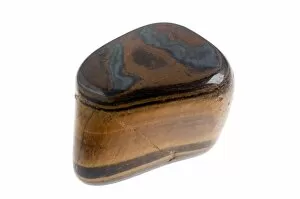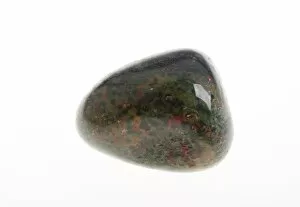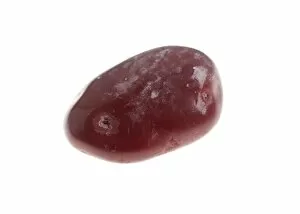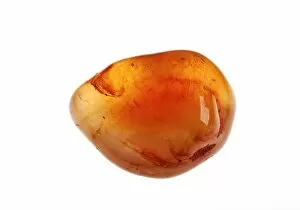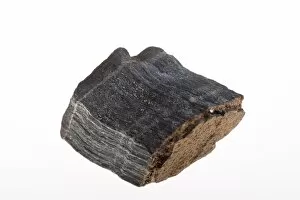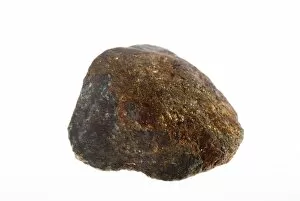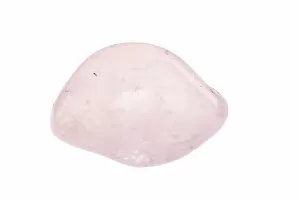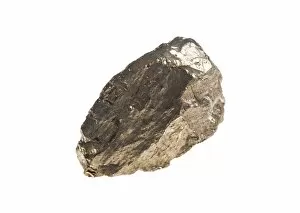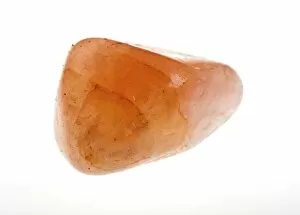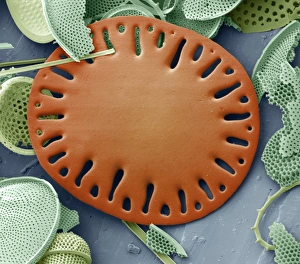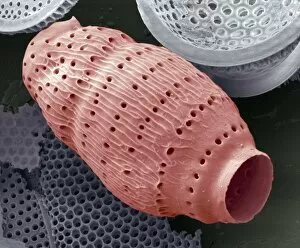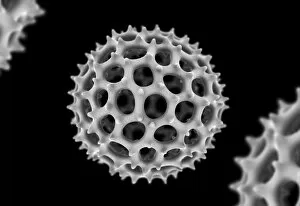Silicate Collection (page 10)
Silicate, the versatile mineral group that encompasses a vast array of fascinating substances
All Professionally Made to Order for Quick Shipping
Silicate, the versatile mineral group that encompasses a vast array of fascinating substances. From the notorious Crysotile asbestos to the captivating Birthstone Series: Amethyst Quartz, silicates have left an indelible mark on our world. One member of this family is Kaolinite, a clay mineral known for its remarkable ability to absorb impurities and provide a smooth texture in ceramics. Its presence can be found in everything from delicate porcelain figurines to sturdy construction materials. Jasper, another type of silicate, showcases nature's artistic touch with its vibrant colors and intricate patterns. This gemstone has been cherished throughout history for its beauty and believed metaphysical properties. On the darker side lies Tremolite asbestos from France, infamous for its harmful effects on human health. Once widely used as insulation material due to its heat resistance properties, it now serves as a reminder of the importance of safety precautions when dealing with minerals. Garnet Peridotite brings together two distinct minerals - garnet and peridotite - resulting in a unique rock formation that captivates geologists worldwide. Its striking combination of deep reds and greens makes it highly sought after by collectors and jewelry enthusiasts alike. Benitoite stands out among silicates with its mesmerizing blue hue reminiscent of sapphire. Found exclusively in California, this rare gem has become the state's official gemstone due to its stunning beauty. An Agate bowl adorned with shades of grey and white exemplifies how they can transform into functional art pieces. Crafted through meticulous cutting and polishing techniques, these bowls add elegance to any space they grace. Underneath powerful microscopes lie Acrosphaera radiolarian specimens captured using Scanning Electron Microscopy (SEM). These intricate structures showcase how even microscopic organisms contribute to Earth's rich geological tapestry. Beryl takes us into the realm of precious stones once again; emerald being one variety cherished for centuries.

